A
molinillo de cafe es una máquina utilizada para moler granos de café hasta obtener un polvo grueso o fino. Hay varios tipos de molinillos de café, incluidos los molinillos de cuchillas, los molinillos de rebabas y los molinillos de mano.
Los molinillos de cuchillas usan cuchillas giratorias para picar los granos de café, y la finura de la molienda está determinada por el tiempo durante el cual se muelen los granos. Estos tipos de molinillos generalmente son menos costosos que los molinillos de rebaba, pero pueden ser menos consistentes en el tamaño de la molienda y también pueden generar calor que puede afectar el sabor del café.
Los molinillos de rebabas, por otro lado, usan dos rebabas (una rebaba móvil y una estacionaria) para triturar los granos de café a un tamaño consistente. La distancia entre las rebabas se puede ajustar para cambiar la finura de la molienda. Los molinillos de rebabas son generalmente más caros que los molinillos de cuchillas, pero se consideran más consistentes y producen un mejor sabor.
Las amoladoras manuales son una versión manual de las amoladoras de rebabas, y se operan a mano en lugar de electricidad. Suelen ser más compactos, portátiles y silenciosos. Son ideales para viajeros y cualquiera que busque una experiencia de preparación de café más auténtica.
Al elegir un molinillo de café, es importante considerar su presupuesto, el tipo de café que preparará (espresso, goteo, prensa francesa, etc.) y cuánto espacio tiene disponible en su cocina. Además, los molinillos de rebabas son una mejor opción si busca consistencia, mientras que los molinillos de cuchillas son mejores para una opción más económica.
Usar un molinillo de café es relativamente simple y directo. Estos son los pasos básicos a seguir cuando se utiliza un molinillo de café manual o eléctrico:
Mida la cantidad deseada de granos de café y viértalos en la tolva del molinillo (el compartimiento superior donde se colocan los granos).
Ajuste la configuración de molienda, si corresponde. Las diferentes configuraciones de molienda producirán diferentes texturas de granos, por lo que querrá elegir la que sea apropiada para el tipo de café que está preparando. Por ejemplo, una molienda gruesa es mejor para la prensa francesa, mientras que una molienda fina es mejor para el espresso.
Encienda el molinillo y déjelo funcionar hasta que los frijoles se hayan molido por completo. La cantidad de tiempo que esto tome dependerá del tipo de molinillo que tengas y la cantidad de granos que estés moliendo.
Una vez que se complete la molienda, apague el molinillo y retire los posos del receptáculo. Puede usar los posos de inmediato o guardarlos en un recipiente hermético para usarlos más adelante.
Limpie las rebabas y el receptáculo.
Para una amoladora eléctrica, asegúrese de seguir las instrucciones del fabricante y las precauciones de seguridad, pueden tener otros pasos a seguir y pueden variar según la amoladora.
Algunos molinillos pueden tener configuraciones especializadas, como dosificación o temporizador, y otras características, como una báscula incorporada, o pueden tener diferentes aditamentos y accesorios. Asegúrese de familiarizarse con estas funciones adicionales y cómo usarlas, si corresponde.
Los productos se venden bien tanto en el mercado nacional como en el extranjero, son favorecidos por clientes nuevos y antiguos y disfrutan de una gran reputación en el mercado nacional y extranjero.
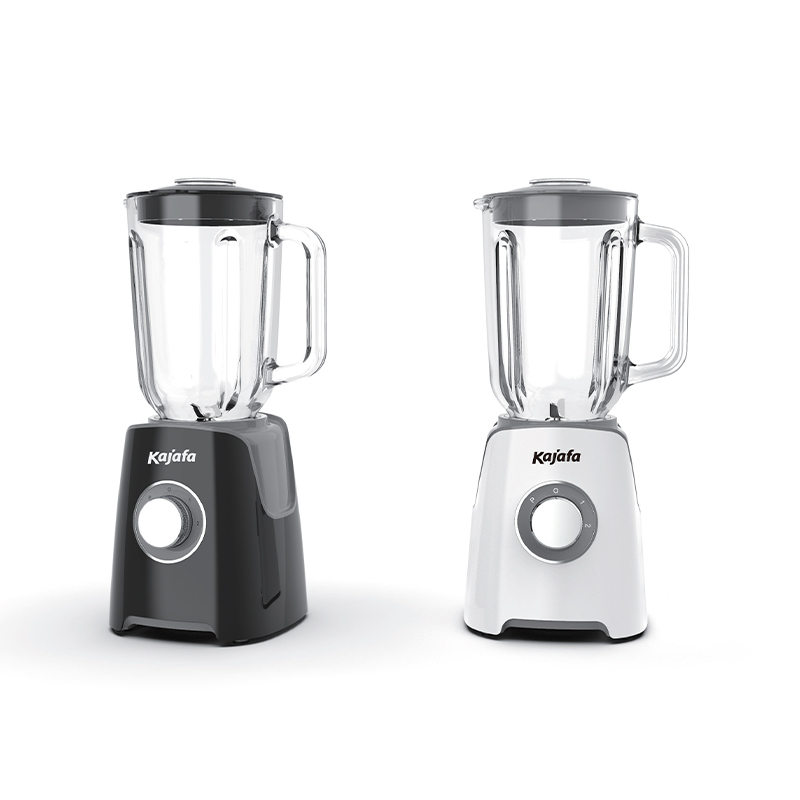 Ver más
Ver más
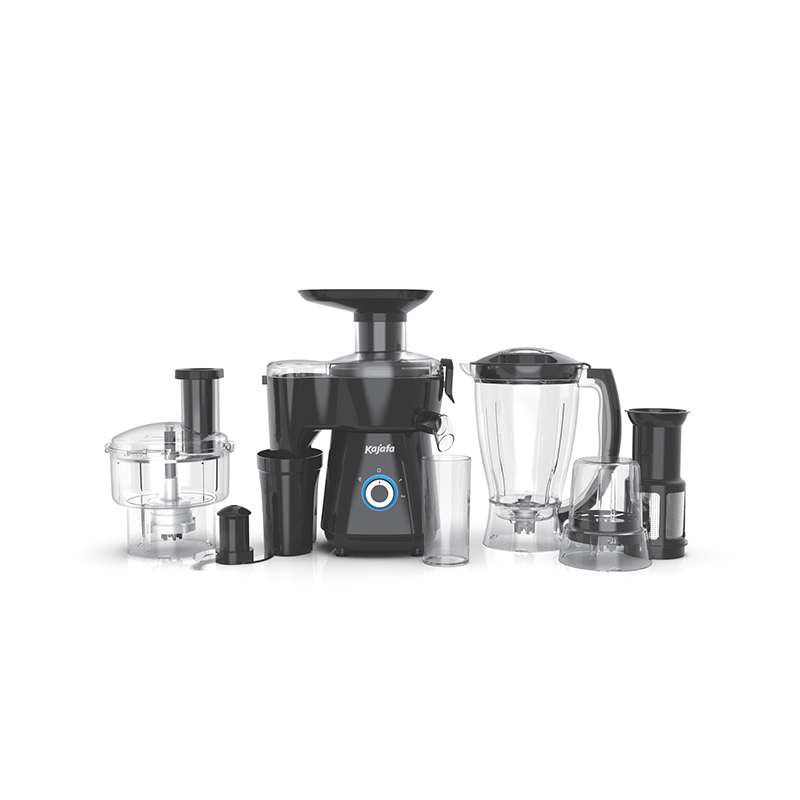 Ver más
Ver más
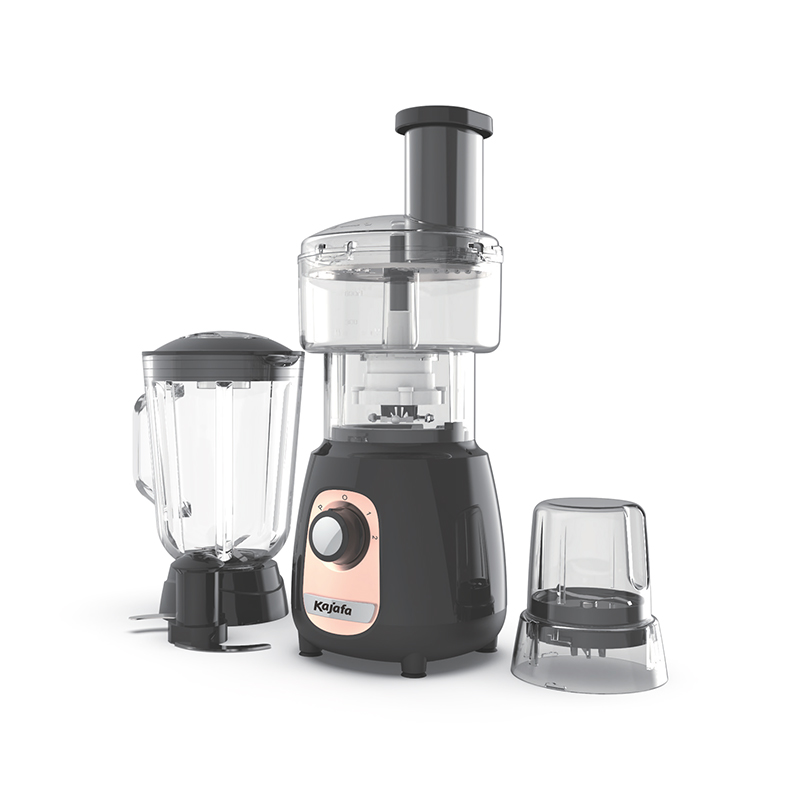 Ver más
Ver más
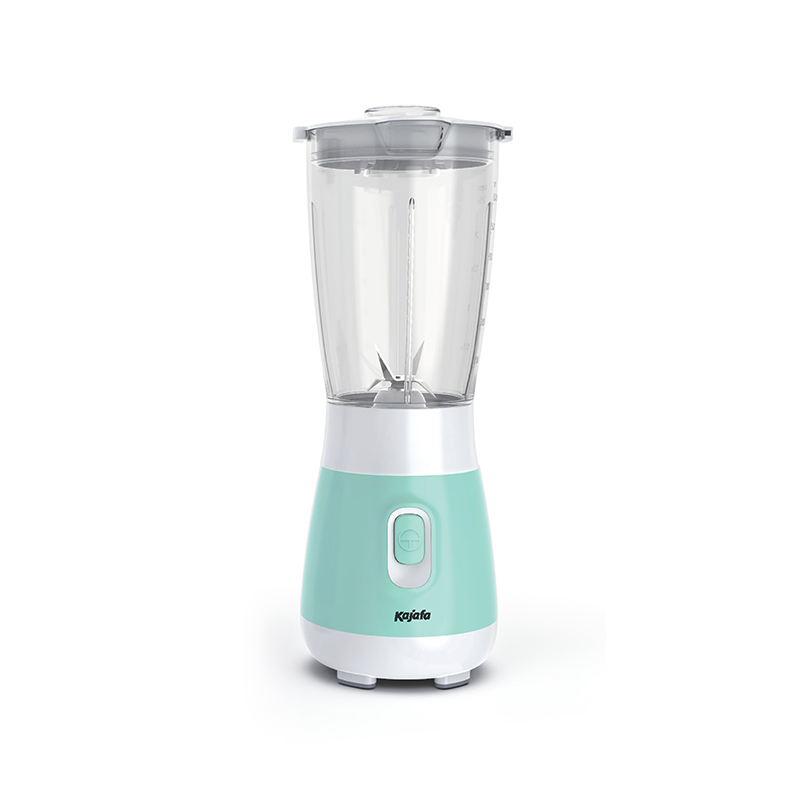 Ver más
Ver más
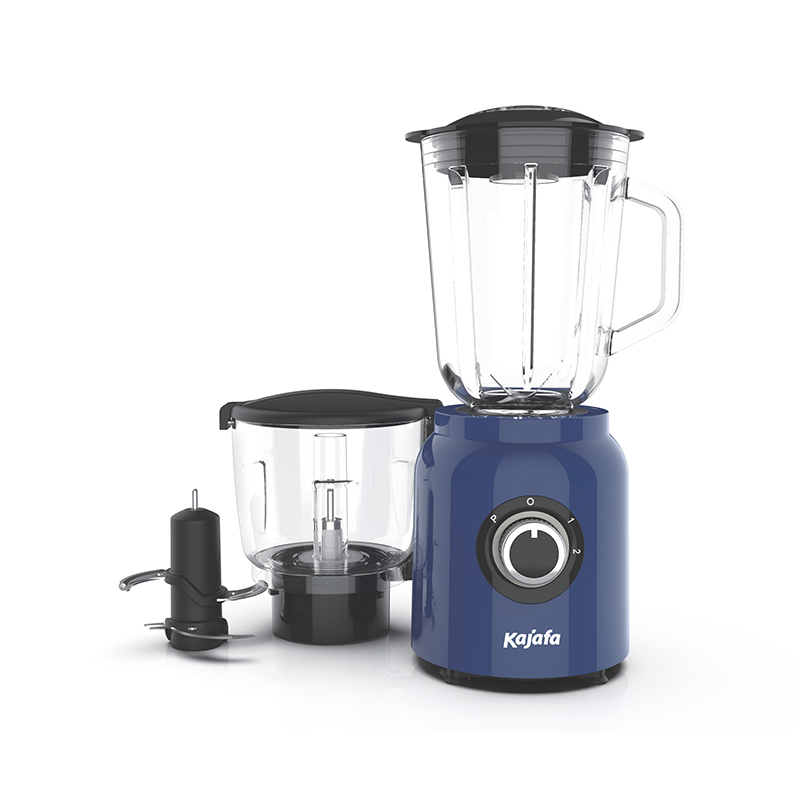 Ver más
Ver más
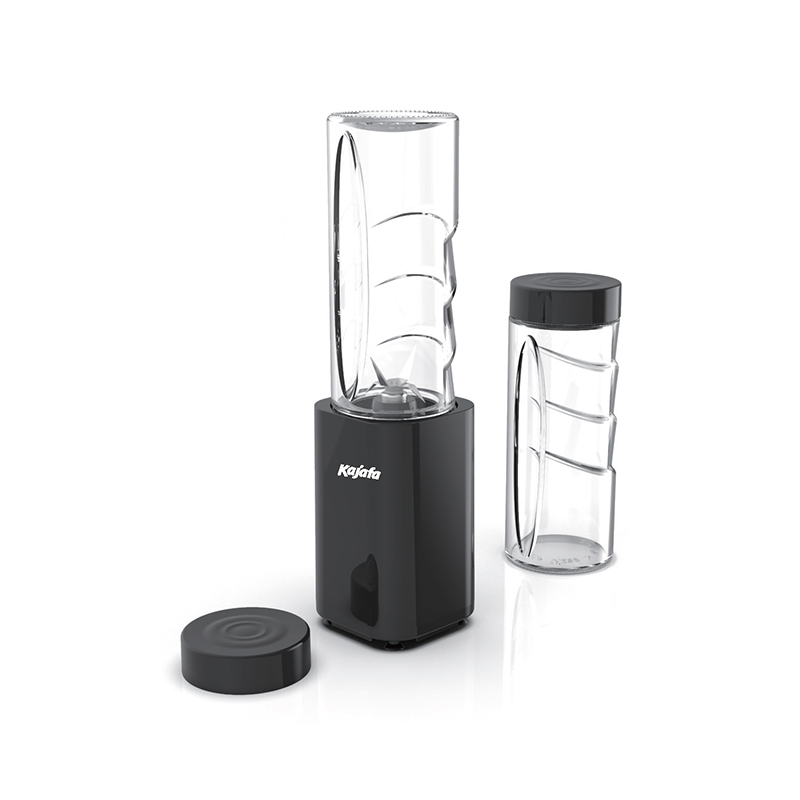 Ver más
Ver más
